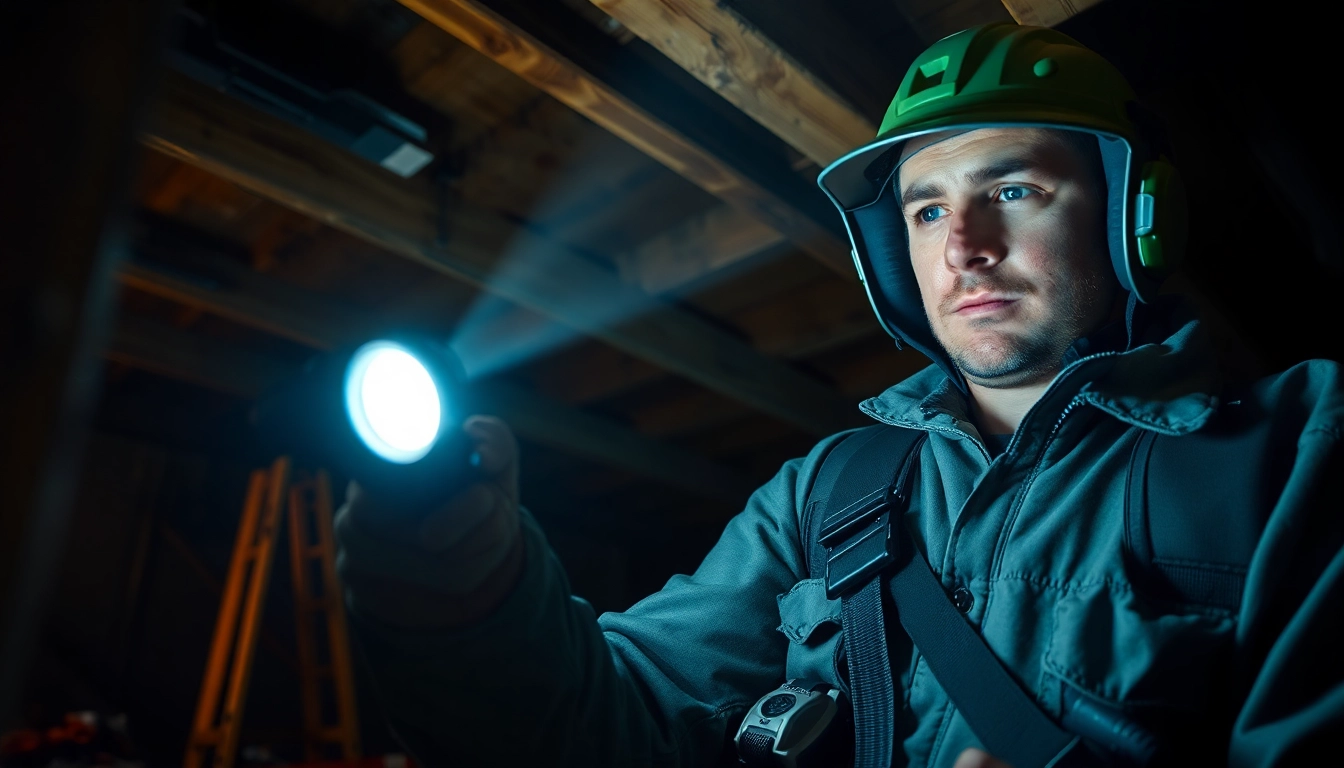Understanding the Importance of Pest Control
The role of pest control in ensuring a safe and healthy living environment cannot be overstated. As homeowners, it is vital to understand the significance of managing pest populations proactively. Pest control is not just about eliminating existing infestations; it is about preventing future ones and protecting your home and family from the various risks associated with these unwelcome guests.
Why Pest Control is Essential for Homeowners
Pests can wreak havoc on our homes, damaging property and contributing to unhealthy living conditions. From termites that gnaw on wood structures to rodents that spread pathogens, the potential damage caused by pests can lead to extensive repairs and even pest-related health issues.
The Economic Impact of Pest Infestations
The economic repercussions of pest infestations can be staggering. For instance, in the United States alone, it is estimated that termites cause approximately $5 billion in property damage annually. This figure does not include the hidden costs of lost productivity or the expenses related to health care for pest-related illnesses. Homeowners may find themselves facing costly repairs or pest control services that could have been avoided with regular maintenance and preventive measures.
Health Risks Associated with Pests
Pests are not merely an inconvenience; they also pose significant health risks. Common household pests such as cockroaches, rodents, and mosquitoes are known to carry diseases that can affect humans. For example, rodents can transmit hantavirus, while mosquitoes are notorious for spreading West Nile virus and Zika virus. Effective pest control measures are essential for safeguarding the well-being of everyone in the household, particularly for vulnerable populations such as children and the elderly.
Types of Pests Commonly Found in Homes
Understanding the types of pests that frequently invade homes can aid homeowners in implementing effective pest control strategies. Here are some of the most common pests and how to identify them.
Identifying Household Pests: Common Types
- Ants: Small, social insects often found in colonies. They can be a nuisance, particularly in kitchens.
- Termites: Wood-destroying insects that can compromise the structural integrity of a home.
- Rodents: Mice and rats that not only chew through wires and insulation but also contaminate food and surfaces.
- Cockroaches: Common household pests that thrive in dirty environments and spread diseases.
- Bed Bugs: Tiny, blood-sucking insects known for infesting bedding and other sleeping areas.
- Spiders: While often harmless, certain species can pose dangers through bites.
Signs of Infestation to Look For
Detecting pests early is crucial to minimizing damage and health risks. Here are some signs to watch for:
- Droppings: Finding droppings can indicate the presence of rodents or insects.
- Frass: Sawdust-like residue from termites or beetles indicates wood damage.
- Scratching Sounds: Noises within walls or ceilings may suggest rodent activity.
- Bite Marks: Discovering bites on skin can imply an infestation of bed bugs or fleas.
- Nesting Material: Look for shredded paper, fabric, or other materials used to build nests.
Seasonal Pest Behavior and Control
Pests often exhibit seasonal behavior, increasing their activity during warmer months while seeking shelter indoors during colder months. For example, ants and cockroaches are more prevalent in late spring and summer, while rodents in search of food can invade homes as temperatures drop. Recognizing these patterns helps homeowners anticipate pest activity and take preemptive actions.
Effective Pest Control Methods
Once pests are identified, the next step is to implement effective control methods. There are various approaches ranging from prevention tactics to extermination techniques.
Preventative Measures and Best Practices
Preventing pest infestations before they occur is the most effective strategy. Here are some key preventative measures:
- Seal Entry Points: Inspect and seal cracks in walls, foundations, and around doors and windows to thwart pest entry.
- Maintain Cleanliness: Regularly clean food preparation areas and dispose of waste properly to eliminate food sources.
- Proper Landscaping: Keep shrubs and tree branches trimmed and away from the home to reduce harborage opportunities.
- Use Screens: Installing screens on windows and doors can prevent flying insects from entering.
Professional vs. DIY Pest Control Tips
Many homeowners consider DIY pest control methods to save money. While DIY methods can be effective for minor infestations, they may not address larger, underlying issues. Professional pest control services are trained to handle severe infestations and employ tools and techniques that may not be available to the general public.
Eco-Friendly Pest Control Options
For those concerned about environmental impact, eco-friendly pest control methods offer effective solutions without harsh chemicals. Natural repellents and traps made from non-toxic materials are gaining popularity. Homeowners might consider using substances like essential oils, diatomaceous earth, or vinegar solutions as alternatives to conventional pesticides.
Choosing a Pest Control Service
Selecting the right pest control service can be daunting due to the myriad of options available. However, understanding what to look for can help homeowners make informed decisions.
What to Look for in a Pest Control Company
When evaluating pest control companies, homeowners should consider several key factors:
- Licensing and Certification: Ensure the company is licensed to operate in your state and employs certified technicians.
- Reputation: Research customer reviews and testimonials to gauge satisfaction levels.
- Insurance: A reputable company should carry liability insurance to protect against potential damages.
- Transparent Pricing: Look for companies that provide clear estimates and detailed service descriptions without hidden fees.
Evaluating Pest Control Service Plans
Every pest control company offers different service plans, so it’s essential to evaluate them based on your specific needs. Considerations should include:
- Frequency of treatments (monthly, quarterly, etc.)
- Types of pests covered and services included
- Availability of emergency services
- Guarantees or warranties offered to ensure satisfaction
Understanding Pest Control Costs
The price of pest control services can vary widely based on factors such as location, type of pest, and severity of the infestation. Homeowners should seek multiple quotes to compare costs and services. Preventative measures may incur lower costs than reactive treatments since they often limit the need for expensive extermination services later.
Long-Term Pest Control Strategies
Beyond initial treatments, implementing long-term pest control strategies ensures that homes remain pest-free for years to come.
Monitoring and Maintenance Plans
Regular monitoring and maintenance are fundamental to effective pest control. Homeowners should consider establishing a maintenance plan with their pest control provider that includes regular inspections and treatments tailored to seasonal pest activity.
Educating Homeowners on Pest Awareness
Education plays a vital role in pest management. Homeowners should stay informed about pest behavior and signs of infestation to catch issues early. Workshops or resources from pest control companies can provide valuable information and tips.
Utilizing Technology in Pest Management
Advancements in technology are enhancing pest control strategies. Utilizing smart sensors to detect pest activity or employing drones for inspections in hard-to-reach areas can improve efficiency and effectiveness. As technology continues to evolve, integrating it into pest management will provide even greater assurance and effectiveness for homeowners.



